Samaaro + Your CRM: Zero Integration Fee for Annual Sign-Ups Until 30 June, 2025
- 00Days
- 00Hrs
- 00Min
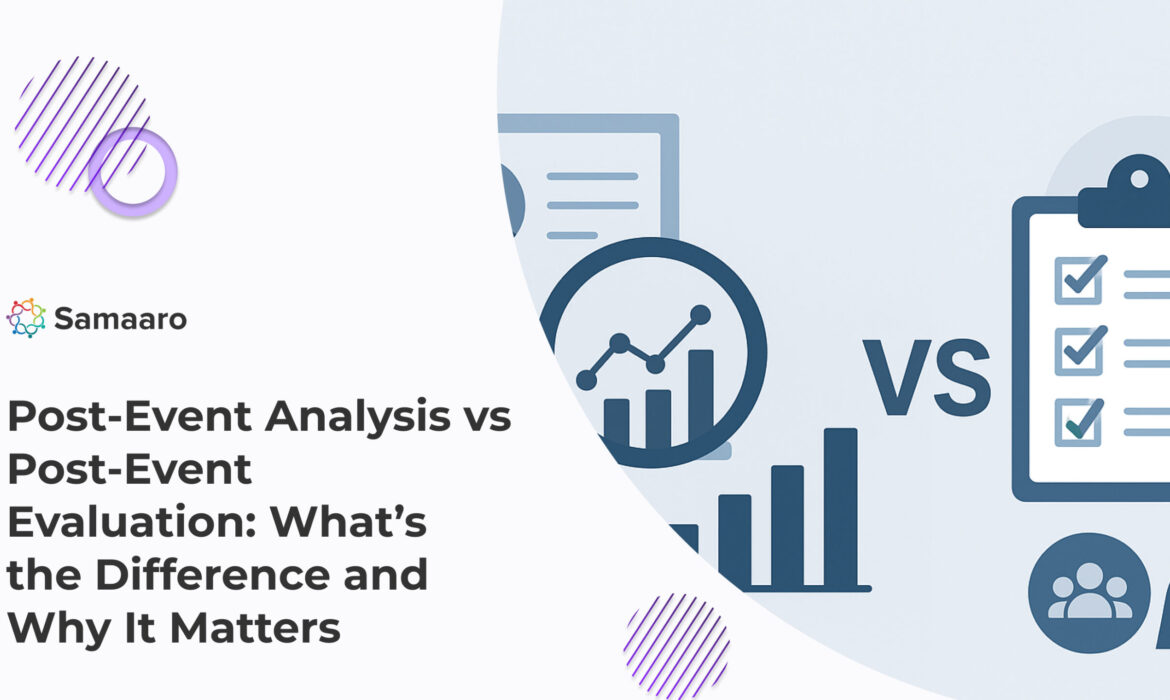
In the field of event marketing, “post-event analysis” and “post-event evaluation” are often misconstrued as having the same meaning. This blend of two words often means reports that are very data heavy (lots of numeric results) but are also light on insights that can be turned into actions (i.e., there is a lot of detail but not much meaning). In the end, Leadership has a dashboard of data and little idea as what actions they should follow through post-event.
Analysis and evaluation represent two different but related steps in the overall event performance measurement process. One gives the facts and the other the tactical direction as a follow up. By understanding this important difference, you can transform your post-event reporting from a mere summary of what happened to an actionable approach for continuous improvement.
Post-event analysis is when you examine and compile the raw data on your performance. It is a factual and objective examination of what action was taken and the resulting outcomes from an event. This is the phase where you will obtain all relevant measurable outputs and put them together in a report.
Post-event evaluation is the step in the process where you take the data from your analysis and evaluate it against your prior expectations, goals, or targets (whatever you called them). It is the evaluative part of the process where you will draw conclusions and provide an actionable level of recommendations based on the data and information you collected; it takes raw data and then provides meaning and direction.
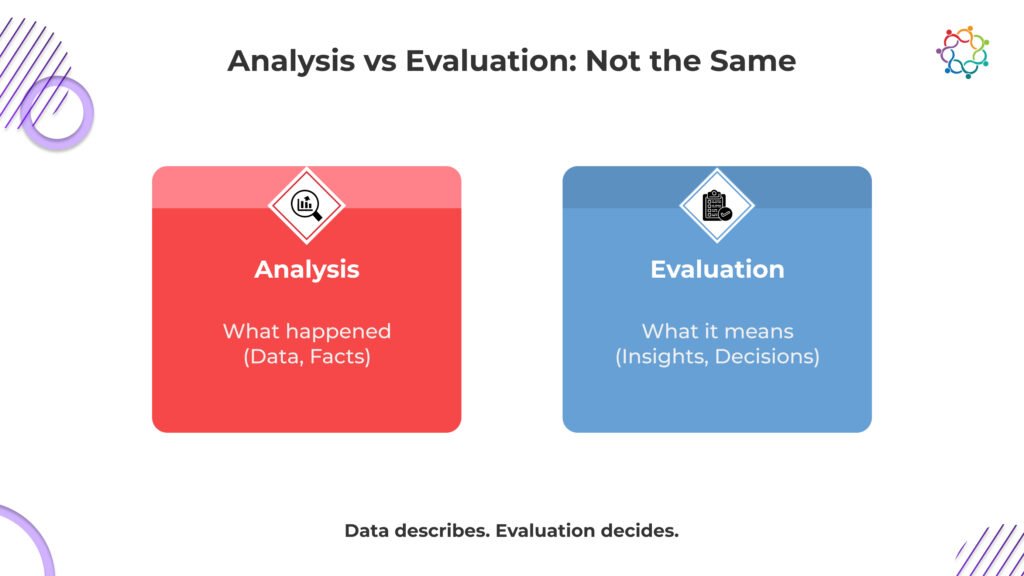
The difference between these two processes can be summarized in a powerful but simple way:
Think about it this way: an event reporting framework begins with analysis and ends with evaluation.
For example;
Analysis gives you the diagnosis; evaluation gives you the treatment plan. You can’t have a decent treatment plan without a proper diagnosis, and a diagnosis without a treatment plan is useless.
The performance measurement for events is not fully complete without both evaluation and analysis.
Combining evaluation and analysis creates a true feedback loop. The analysis provides the evidence and the evaluation uses this evidence to support decisions in the event strategy and provides an organizational justification for celebrating event success.
Common Mistakes Teams Make
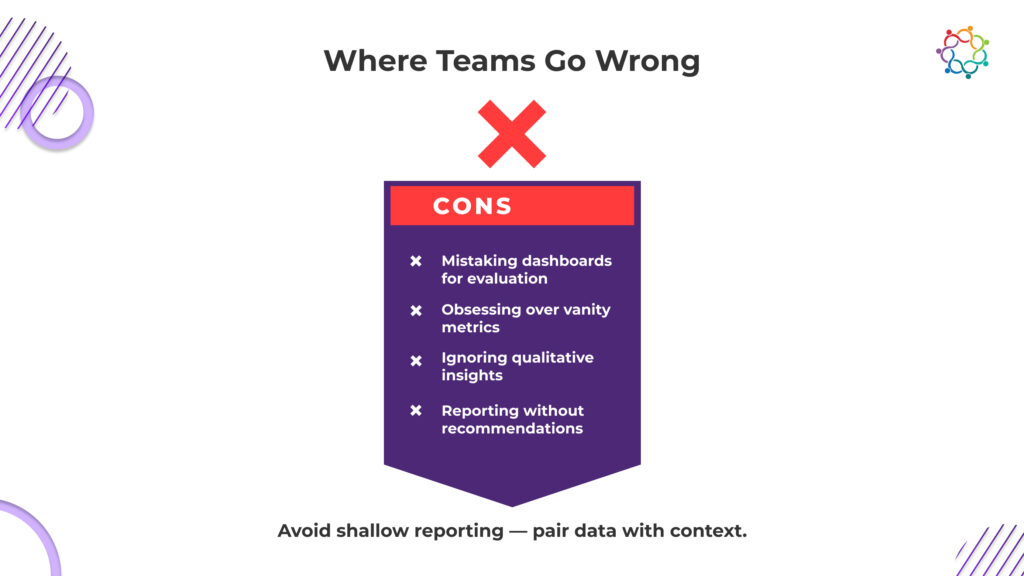
Even when teams are clear on the difference, they still fail to synthesize complete evaluation components. The most common observations include:
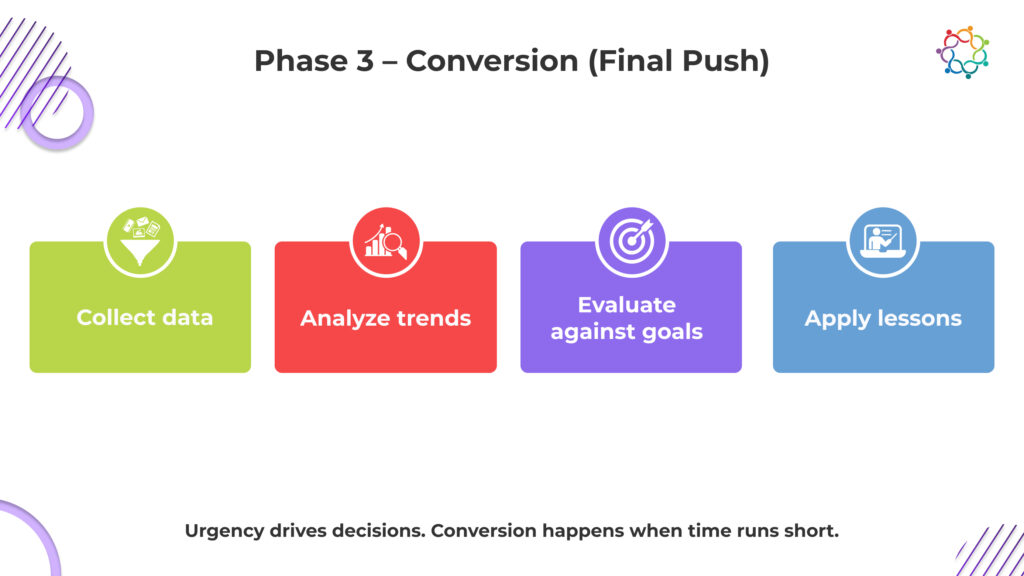
Here is a simple four-step model to assist your team in growing their capacity to better understand best practice for event analysis and post-event evaluations:
Samaaro is designed to effectively connect analysis to evaluation, allowing you to measure your event results in the best way possible.
At the end of the day, the numbers provide a narrative, but evaluation tells that narrative’s moral. The best event teams do not end with “this happened,” but rather ask, “what does this mean, and what should we do now?” Analysis and evaluation help provide unique leverage not only to demonstrate the value of your event but also to improve every event you host.
Want to master analysis and evaluation? Download our Post-Event Evaluation white paper or have a look at how Samaaro works both methods together to show a clear path from analysis to evaluation.

Built for modern marketing teams, Samaaro’s AI-powered event-tech platform helps you run events more efficiently, reduce manual work, engage attendees, capture qualified leads and gain real-time visibility into your events’ performance.
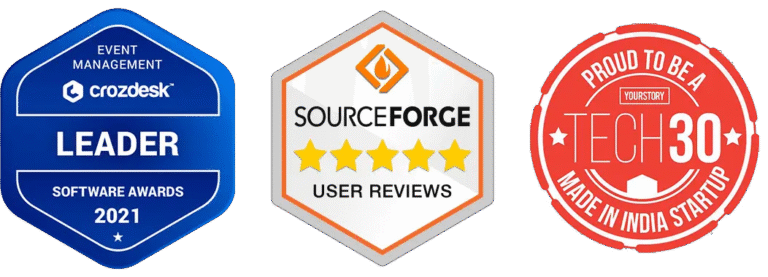
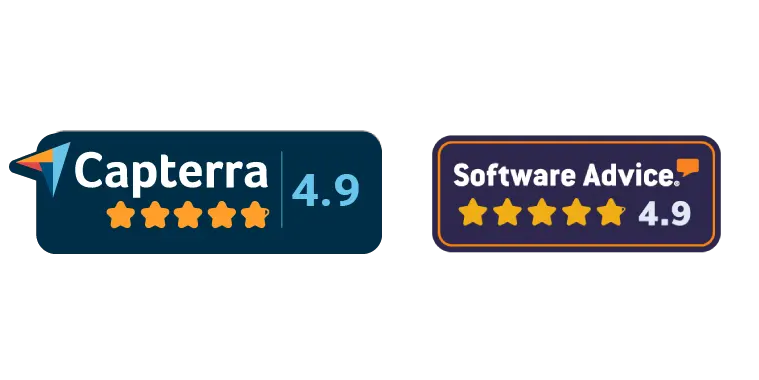
© 2025 — Samaaro. All Rights Reserved.